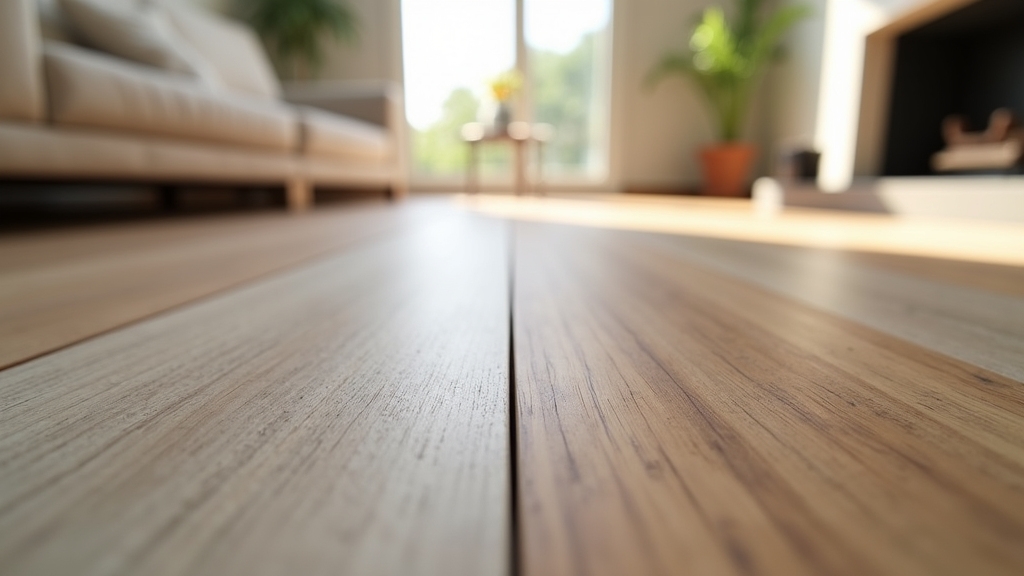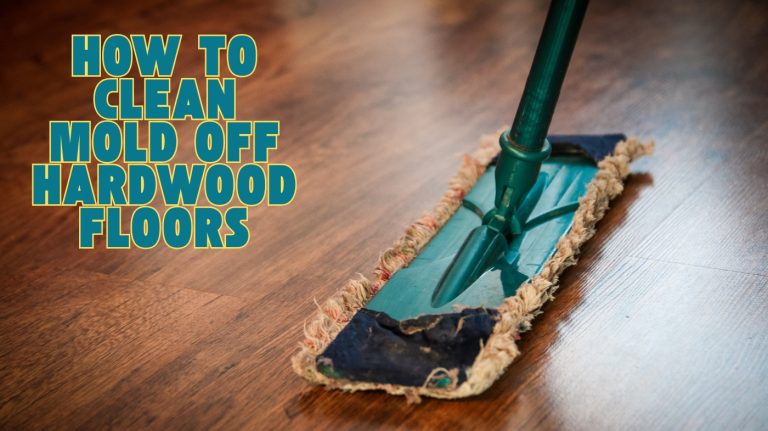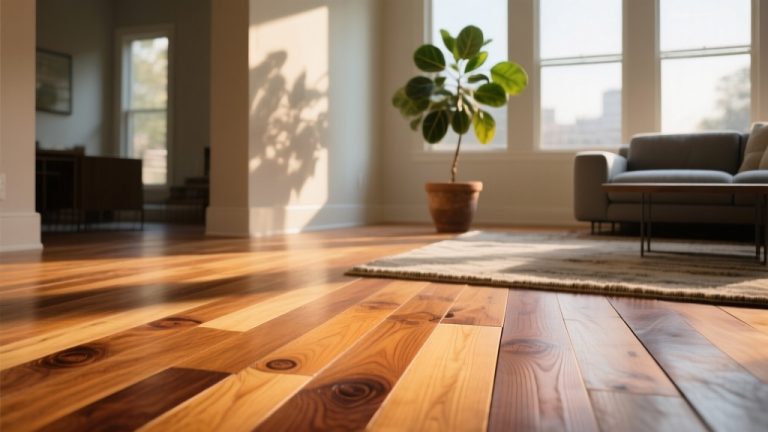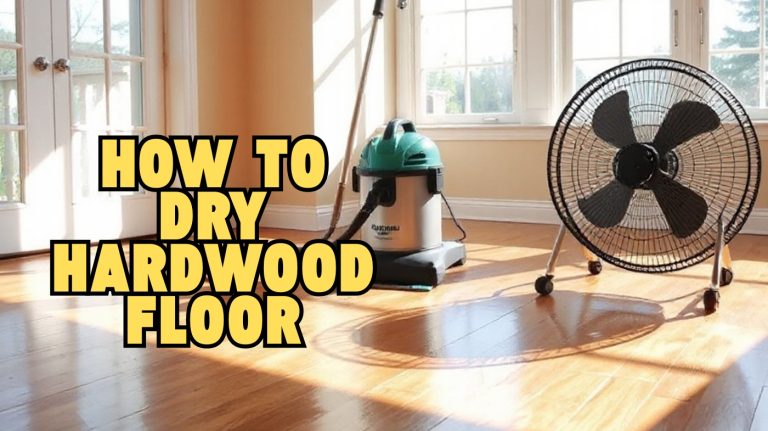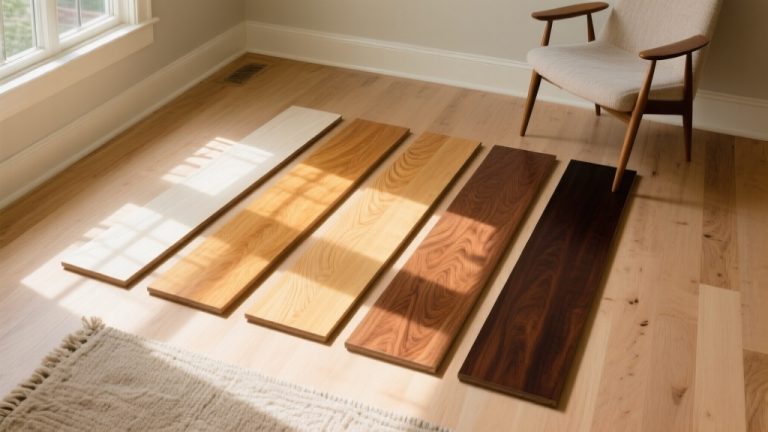LVP versus Engineered Hardwood: Which Lasts Longer?
If you want affordable, waterproof flooring that’s simple to install yourself, LVP is a solid choice with resilient wear layers and low maintenance.
However, if you prefer authentic wood aesthetics, a tactile natural feel, and the ability to refinish for decades, engineered hardwood offers a longer lifespan but higher upfront costs and more complex installation.
Each option has distinct environmental and durability trade-offs you should consider before deciding which fits your needs best.
- Each case contains 7 planks, covering 20.06 sqft. Each plank has a luxury vinyl top layer,…
- Easy-to-install tongue and groove system requires no adhesives or additional underlayments.
- Recommended for installation in any room of your home or business, including kitchens and bathrooms….
- EYE-CATCHING DESIGN & PANACHE – Elevate your home’s ambiance with SimpleFLOORS’ engineered hardwood…
- UNRIVALED STRENGTH & RESILIENCE – Indulge in the perfect fusion of luxury and durability with our…
- PREMIUM WEAR LAYER SUPERIORITY – Seize the gold standard of flooring longevity with our robust,…
Key Takeaways
- LVP is waterproof, affordable, and DIY-friendly with quick installation, but has a shorter lifespan of 10–20 years and limited refinishing options.
- Engineered hardwood offers natural wood beauty, can be refinished multiple times, and lasts 25–50+ years but is costlier and needs professional installation.
- LVP’s synthetic materials have higher environmental impact and limited recyclability, while engineered hardwood uses renewable wood and is more eco-friendly long term.
- Engineered hardwood requires precise subfloor prep and moisture control; LVP tolerates subfloor imperfections and is low-maintenance with superior scratch and water resistance.
- Aesthetically, engineered hardwood provides authentic wood grain and texture, whereas LVP mimics wood patterns with a consistent synthetic surface and no refinishing ability.
LVP vs Engineered Hardwood: Complete Feature Comparison
| Feature | Luxury Vinyl Plank (LVP) | Engineered Hardwood |
|---|---|---|
| Water Resistance | 100% waterproof | Moderate – vulnerable to damage |
| Durability | 20-30 years | 25-50+ years with refinishing |
| Scratch Resistance | Excellent – aluminum oxide layer | Moderate – depends on wood species |
| Installation Difficulty | DIY-friendly click-lock system | Professional recommended |
| Maintenance | Low – damp mop with mild cleaners | Moderate – dry clean, immediate spill cleanup |
| Refinishing Options | None – cannot be refinished | Multiple times – sand and refinish |
| Aesthetic Appeal | Digital wood patterns | Authentic wood grain and texture |
| Environmental Impact | Higher – PVC-based, limited recycling | Lower – renewable wood, biodegradable |
| Resale Value | Moderate improvement | Higher – premium appeal |
| Subfloor Requirements | Flexible – various surfaces | Specific – flat, dry plywood |
| Radiant Heating | Excellent heat transfer | Good with temperature control |
| VOC Emissions | Variable – check certifications | Lower with proper certification |
| Best For | High-moisture areas, busy households | Living areas, long-term investment |
Cost Comparison Between LVP and Engineered Hardwood
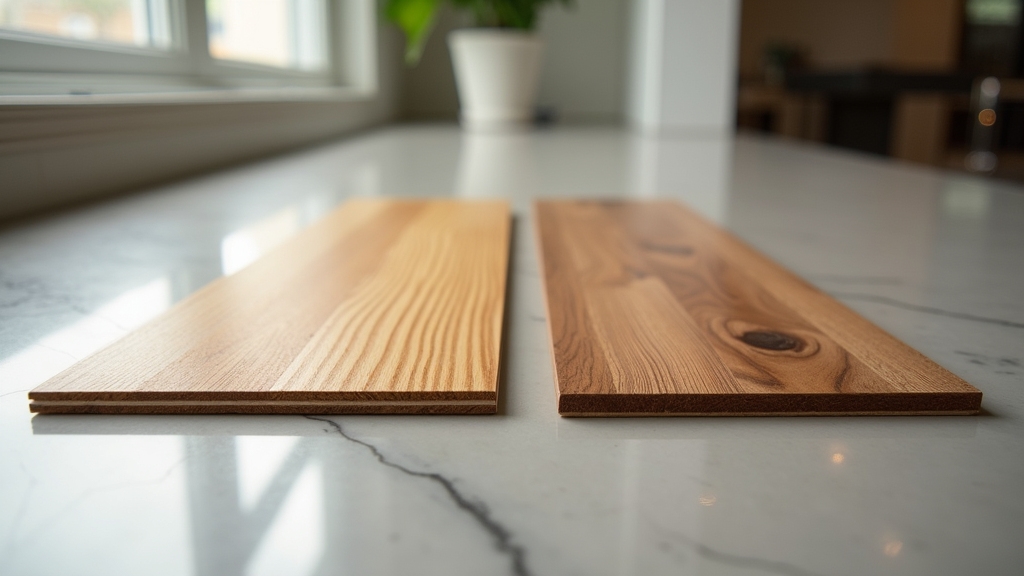
While both luxury vinyl plank (LVP) and engineered hardwood offer appealing flooring solutions, you’ll find their cost structures differ substantially, affecting your budget planning. Engineered hardwood typically costs $3 to $14 per square foot, influenced by wood species and finish quality.
It also offers a timeless aesthetic that can enhance overall home value. In contrast, LVP ranges from $1 to $7 per square foot, with many quality options between $2 and $7, making LVP more budget-friendly at entry-level price points.
Installation costs further widen this gap: engineered hardwood installation runs $3 to $10 per square foot, often requiring professional expertise. Whereas LVP installation is simpler and cheaper, from $1 to $5 per square foot, often suitable for DIY.
Additionally, LVP provides a 100% waterproof surface, making it ideal for households with children and pets.
Durability and Wear Resistance Characteristics
Because durability and wear resistance directly impact the lifespan and maintenance requirements of flooring, understanding the distinct characteristics of luxury vinyl plank (LVP) and engineered hardwood is essential.
LVP excels in moisture resistance due to its synthetic wear layer, making it highly resistant to water damage and warping. This makes it a great choice for areas prone to moisture. Additionally, vinyl flooring is better suited for moisture-prone areas due to its waterproof capabilities.
In addition to moisture resistance, LVP offers superior scratch resistance thanks to an aluminum oxide wear layer. This enhances its durability against everyday wear and tear.
On the other hand, engineered hardwood provides longevity through multiple refinishes. It can be sanded and refinished several times, extending its lifespan significantly. The top layer, or wear layer, is made of solid hardwood, providing an authentic appearance and feel that many homeowners appreciate.
However, engineered hardwood is more vulnerable to water damage, such as cupping and swelling, and is susceptible to surface dents. It also tends to fade and stain more easily compared to LVP.
| Feature | Luxury Vinyl Plank (LVP) | Engineered Hardwood |
|---|---|---|
| Water Resistance | Highly water-resistant, resists warping | Moderate; vulnerable to cupping & swelling |
| Scratch Resistance | Superior; aluminum oxide wear layer | Susceptible; depends on wood species |
| Lifespan | 20-30 years; no refinishing | 25-50+ years; can be sanded/refinished |
| Fading & Stains | UV and stain-resistant topcoat | Prone to fading and staining |
Installation Processes and Requirements
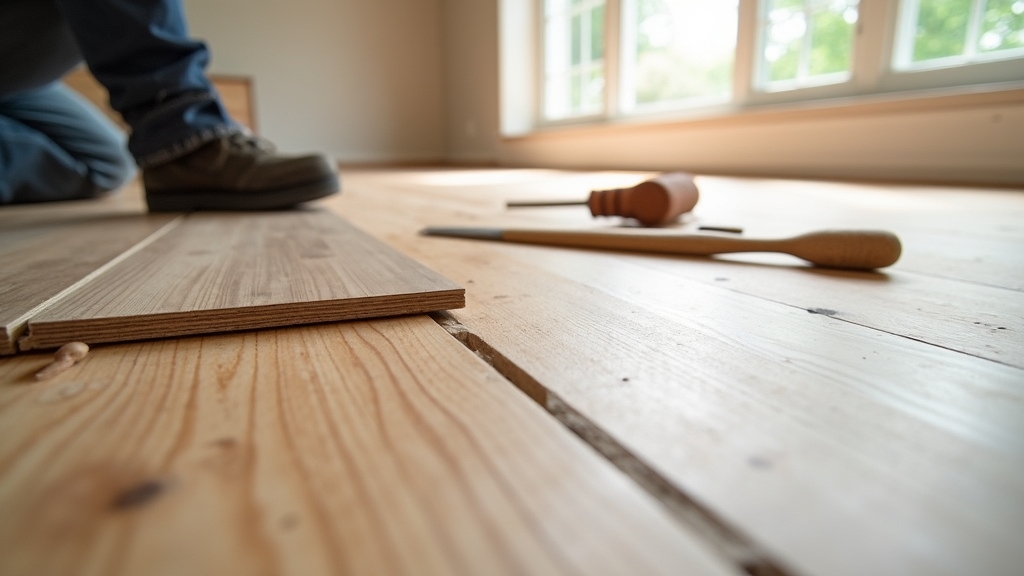
Understanding the durability differences between LVP and engineered hardwood sets the stage for evaluating their installation processes and requirements.
LVP’s waterproof nature allows installation over various subfloors, including concrete and existing vinyl, with minimal acclimation. Its layers, including an aluminum oxide topcoat and protective film, contribute to its waterproof durability.
Engineered hardwood demands a flat, dry plywood subfloor, moisture barriers, and 48-72 hours of acclimation to prevent warping. It is also important to verify that the engineered wood meets formaldehyde emission standards to ensure indoor air quality.
Installation methods differ markedly between the two materials. LVP uses a click-lock floating system, which is ideal for DIY projects.
In contrast, engineered hardwood requires nail-down, staple-down, glue-down, or floating methods, often needing professional expertise.
LVP tolerates subfloor imperfections better than engineered hardwood. The latter involves precise moisture testing and sealing to ensure a successful installation. LVP installation requires minimal tools, making it accessible for most homeowners.
On the other hand, engineered hardwood installation requires specialized equipment. The glue-down method for engineered hardwood increases labor and complexity compared to LVP’s floating system.
Maintenance Needs and Best Practices
When maintaining your floors, knowing the distinct cleaning and care requirements of LVP and engineered hardwood will help you preserve their appearance and longevity.
LVP needs routine sweeping or vacuuming and can be damp-mopped with mild cleaners. It tolerates more moisture due to its waterproof nature. Its low-maintenance quality makes it ideal for busy households. Using soft-bristle tools for cleaning can prevent unnecessary surface damage on both types of flooring.
Engineered hardwood requires regular dry cleaning to prevent abrasive dirt damage and immediate spill cleanup to avoid warping. Use only damp mops, never soaking wet, on hardwood to protect its veneer.
LVP’s wear layer resists scratches and dents, minimizing repairs, while engineered hardwood may need periodic refinishing to address surface wear. To protect hardwood, apply felt pads on furniture and trim pet nails.
Maintain stable humidity levels for hardwood to prevent swelling, a precaution unnecessary for waterproof LVP.
Environmental Impact and Material Composition
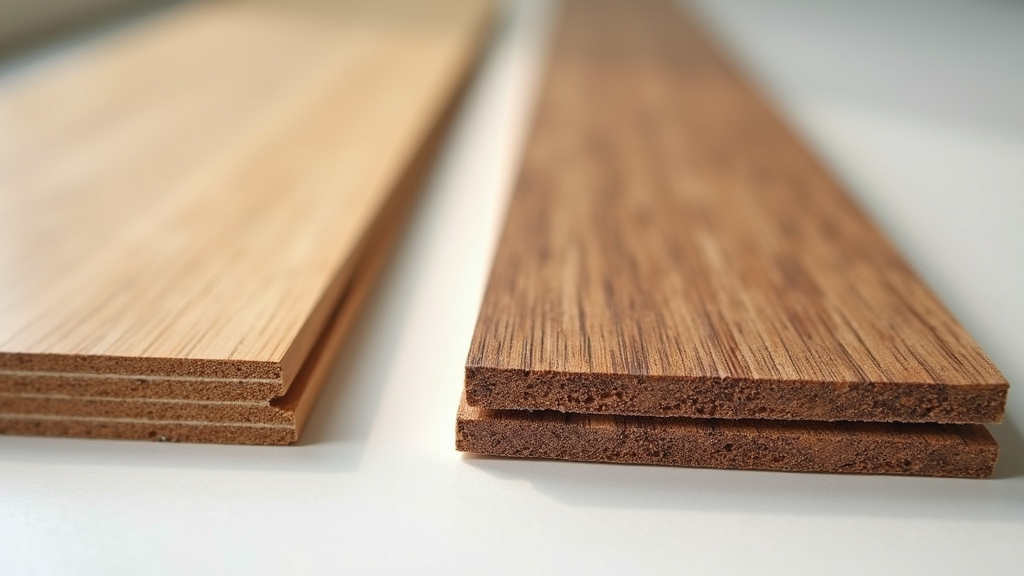
When you compare LVP and engineered hardwood, their material origins directly influence their environmental footprints. Engineered hardwood uses renewable wood layers and can be sourced sustainably. Its smaller carbon footprint compared to other flooring types makes it a greener option for eco-conscious buyers.
In contrast, LVP relies on fossil fuel-derived PVC, which has limited biodegradability. Moreover, engineered hardwood’s core layers often utilize recycled wood fibers, promoting efficient resource use.
Material Origins and Sustainability
Although both LVP and engineered hardwood serve as popular flooring choices, their material origins and sustainability profiles differ markedly.
LVP is entirely synthetic, composed mainly of PVC resins layered for durability and water resistance. Its core is typically made from WPC or SPC, with SPC being the latest technology offering enhanced performance.
However, the use of synthetic materials can sometimes lead to increased noise concerns compared to natural wood floors. In contrast, engineered hardwood features a real wood veneer atop plywood or MDF cores.
When considering sustainability, keep these points in mind:
- LVP relies on non-renewable petrochemicals, is non-biodegradable, and poses recycling challenges.
- Engineered hardwood uses renewable wood sources, especially if FSC- or PEFC-certified, and optimizes wood byproducts.
- LVP production involves energy-intensive processes and potential VOC emissions.
- Engineered hardwood can be refinished multiple times, extending its lifespan and reducing environmental burden.
Understanding these distinctions helps you make informed decisions balancing durability, aesthetics, and ecological responsibility.
Environmental Footprint Comparison
Because the environmental footprint of flooring materials hinges on both their production processes and lifecycle impacts, comparing LVP and engineered hardwood reveals significant differences in emissions, energy use, and recyclability.
Engineered hardwood emits fewer VOCs, primarily from adhesives, and utilizes layered wood efficiently, though its bonding processes are energy-intensive. Americas Floor Source offers a wide selection of both flooring types available in showrooms and online, making it easier for consumers to choose environmentally preferable options.
LVP production relies heavily on petrochemical-derived PVC, releasing hazardous VOCs and consuming more energy, despite some recycled content usage. At end-of-life, engineered hardwood offers biodegradability, recyclability, and refinishing options, reducing waste and VOC impact.
Conversely, LVP is largely non-biodegradable, difficult to recycle, and often disposed of in landfills or incinerated, causing environmental persistence and potential toxin release. While LVP’s waterproof nature may extend lifespan, its synthetic composition imposes a higher overall environmental burden than engineered hardwood.
Aesthetic Appeal and Tactile Differences
If you value authentic wood aesthetics and tactile richness, engineered hardwood clearly outperforms LVP in several key aspects.
Engineered hardwood features a real wood veneer that preserves natural grain and texture. This offers a warm, firm feel and the ability to age gracefully over time. It is also possible to extend the lifespan of engineered hardwood floors through refinishing processes.
In contrast, LVP uses digital printing for wood patterns. Its surface is softer and plastic-like, lacking the true depth and complexity of real wood. Advanced digital printing and embossing techniques can make LVP visually convincing, but it does not replicate the natural depth of real wood.
Real wood veneer on engineered hardwood provides natural color variations and texture that can be seen and felt. LVP’s embossed textures simulate wood but feel synthetic and less substantial to the touch. Engineered hardwood can be sanded and refinished, which enhances both its longevity and appearance.
Frequently Asked Questions
Can LVP or Engineered Hardwood Be Installed Over Radiant Floor Heating?
Yes, you can install both LVP and engineered hardwood over radiant floor heating, provided you follow specific manufacturer guidelines. LVP tolerates heat better and offers efficient heat transfer, while engineered hardwood’s layered construction minimizes warping.
You’ll need precise temperature control usually not exceeding 80–85°F to protect your flooring. Proper installation methods and system design are vital to guarantee durability and prevent damage under radiant heat conditions.
Which Flooring Option Is Better for Allergy Sufferers?
When prioritizing allergy management, both engineered hardwood and LVP stand as commendable choices. You’ll appreciate engineered hardwood’s smooth, non-porous surface that inhibits allergen buildup and its low VOC emissions with proper certification.
LVP offers waterproof durability and ease of cleaning, reducing mold and dust accumulation. Certified LVP options minimize chemical exposure, but you might prefer engineered hardwood for refined air quality control.
Either way, diligent maintenance guarantees a hypoallergenic environment.
How Do LVP and Engineered Hardwood Affect Home Resale Value?
You’ll find engineered hardwood typically boosts your home’s resale value more because buyers associate it with premium quality and timeless appeal. Its natural wood look and ability to refinish extend its lifespan, enhancing long-term value.
LVP adds value through durability and low maintenance but usually less so. While LVP appeals to budget-conscious buyers, it lacks the prestige and longevity of engineered wood, which often results in a higher return on investment at sale.
Can Either Flooring Type Be Installed in High-Traffic Commercial Spaces?
Yes, you can install both LVP and engineered hardwood in high-traffic commercial spaces. LVP handles moisture, scratches, and frequent cleaning better, making it ideal for busy, moisture-prone areas.
Engineered hardwood offers superior durability with refinishing options and a more upscale look but needs specialized maintenance.
Your choice depends on balancing aesthetics, budget, and maintenance willingness. Both require quality installation to maximize lifespan under heavy use.
Making Your Final LVP Versus Engineered Hardwood Decision
When choosing between LVP and engineered hardwood, you’ll find LVP excels in moisture resistance and ease of installation, while engineered hardwood offers unmatched natural beauty and longevity.
Though LVP’s cost-effectiveness and low maintenance appeal to practicality, engineered hardwood’s tactile warmth and ability to be refinished provide lasting value.
Balancing your priorities between durability and aesthetic authenticity will guide you to the perfect flooring solution tailored to your space and lifestyle needs.
- 🏠Thick peel and stick floor tile: Thickness is 0.06inch (1.5mm). Size 6 X 36 inch included…
- 🏠Removable floor tiles for renters: The vinyl plank flooring could be pulled off when removed. Do…
- 🏠Do it yourself flooring: No grout or special tools required. All you do is peel the backing and…
- One case covers 19.69 square feet.
- Premium quality real hardwood with hand-scraped and wire-brushed surface and eased ends and edges.
- For residential use, planks feature a 9-ply balanced engineered construction for superior strength.
Last update on 2025-12-31 / Affiliate links / Images from Amazon Product Advertising API

